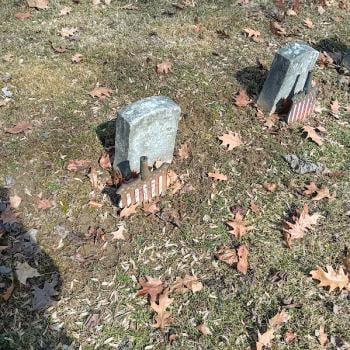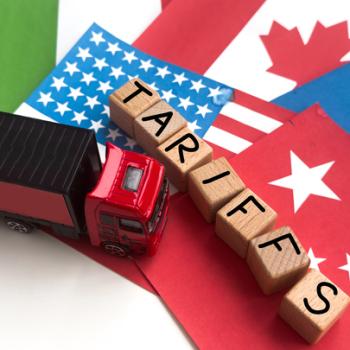Editor's Note: This article is part of an online symposium, "Does Seminary Have a Future?" hosted at Patheos this month. Read other Catholic perspectives here.
There's good and bad news in the world of Catholic seminaries.
The good news is that the number of seminarians is on the increase. The bad news is that the number of priest/faculty for them is in decline.
And further news, both good and bad, lies in the fact that priests for the future need not only to be good spiritual leaders with solid theological grounding, they also have to be competent administrators and communicators, like Dale Carnegie with an MBA. These men also have to be the leaven in a world growing more secular, to be evangelizers par excellence.
The New Evangelization, to be explored at Rome's October 2012 Synod on the New Evangelization for the Transmission of the Christian Faith, demands that all Catholics, and especially priests, to take a fresh approach to the age-old call to proclamation of the Gospel of Jesus Christ in a world growing less open to Him and His message.
To prepare for this new evangelization, the U.S. seminary system faces several challenges. One is to maintain a basic emphasis on formation of good, solid, healthy, prayerful priests. The horrible reality of the clergy sex abuse scandal taught the church that failure to screen and properly form candidates for the priesthood can lead to disastrous results (see the Causes and Context study conducted by John Jay).
Amazingly, the clergy sex abuse scandal did not deter men from answering God's call to the priesthood. Though the scandal broke in the media in 2002, the combined number of ordinations to the priesthood for dioceses and religious orders has steadily increased over the past 10 years since then. The nadir of ordination numbers was in the late 90's. Since then there has been a growing number of college (undergraduate) and theology (graduate) seminarians, which bodes well.
A second challenge is that of the shrinking number of resources for seminaries. As the number of seminarians has increased (and with them an increase in tuition dollars), there has been a decrease in financial resources available from dioceses to pay for the bumper crop of seminarians. Even more challenging is the lack of an adequate number of priest-faculty to fulfill the demands of a healthy program of spiritual, intellectual, pastoral and human formation. Many competent laity, religious and permanent deacons have been brought into the seminary system and serve on a number of different levels, but there still are positions that can be filled only by priests. For in the Catholic seminary system, formation for the priesthood is more than academic. Mentoring and modeling by a critical mass of priests is necessary for the seminary to work well. The need for priest/faculty competes with a bishop's need for parish priests. Many bishops find it difficult to send a priest for further studies, let alone to serve on a seminary faculty afterwards.
Such factors recently have caused some seminaries to close (American College of Louvain) and some to merge (as in the greater New York area). Other seminaries continue to make do with what they have.
One solution is to consider broadening seminary formation going into the New Evangelization to make it truly ecclesial, that is, not "done" just at the seminary but also back in the diocese and parish, and to include a wider number of people and resources. Summertime, when many seminarians return home, could be one time when the local church could share in the formation of their own seminarians, giving them some of the needed skills for the New Evangelization, such as business management, communications, and education in other cultures. With local laity, religious and clergy, the bishop and his vocation director could develop a program over the requisite 6-8 years of seminary formation to train their own men in communications, language and cultural skills (Hispanic ministry), competency in administration and accounting. Many skilled Catholic businessmen and women would willingly share in the work of forming their own priests.
A priest today needs exposure to a number of different areas for the New Evangelization. To be an effective preacher, he needs to learn both theology and liturgy at his seminary and communication skills to reach the people outside of it. Bringing the formation of seminarians closer to home, would help Catholics in the pew mentor future leaders and have the added benefit of realizing their own vital role in the New Evangelization.
10/26/2011 4:00:00 AM




